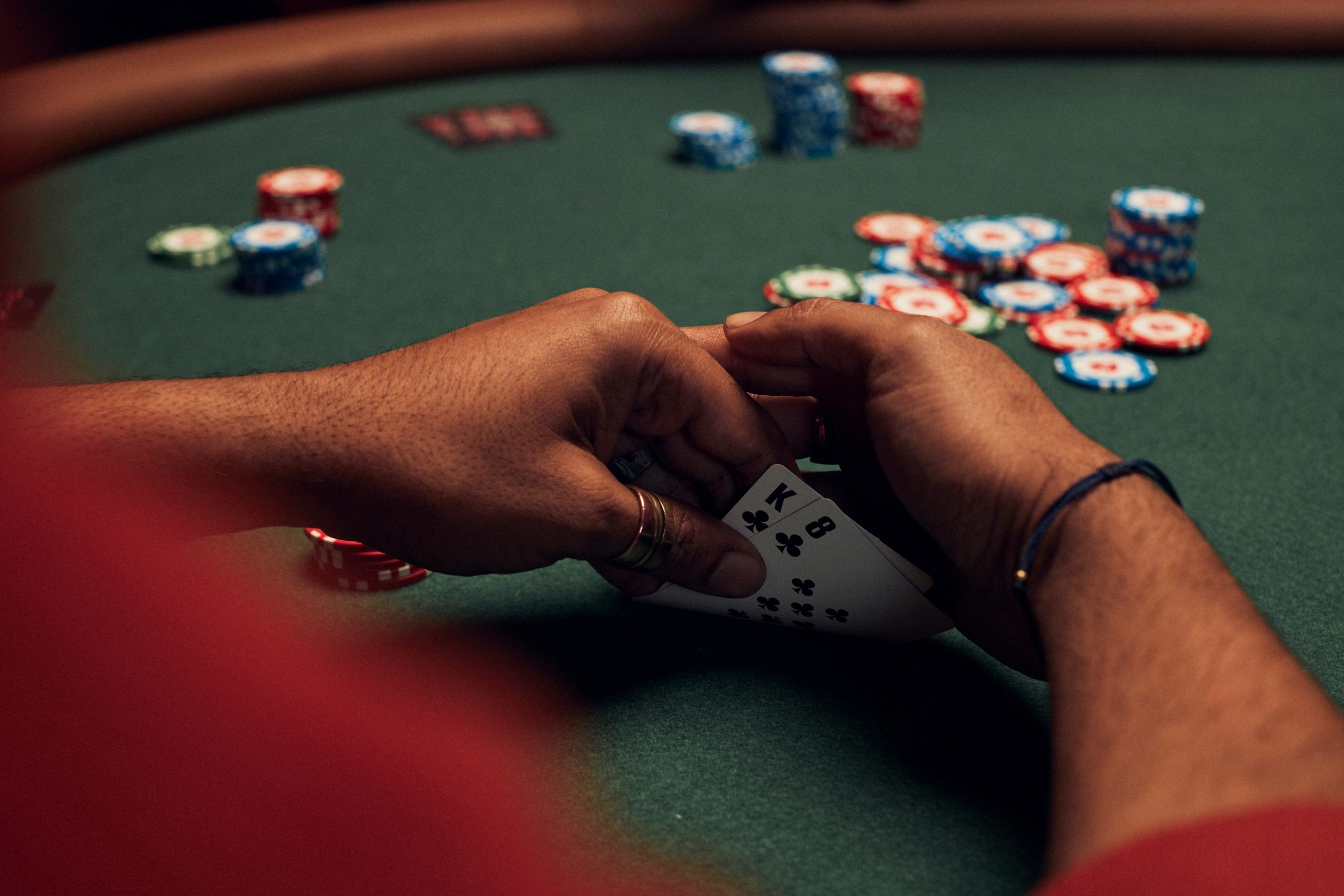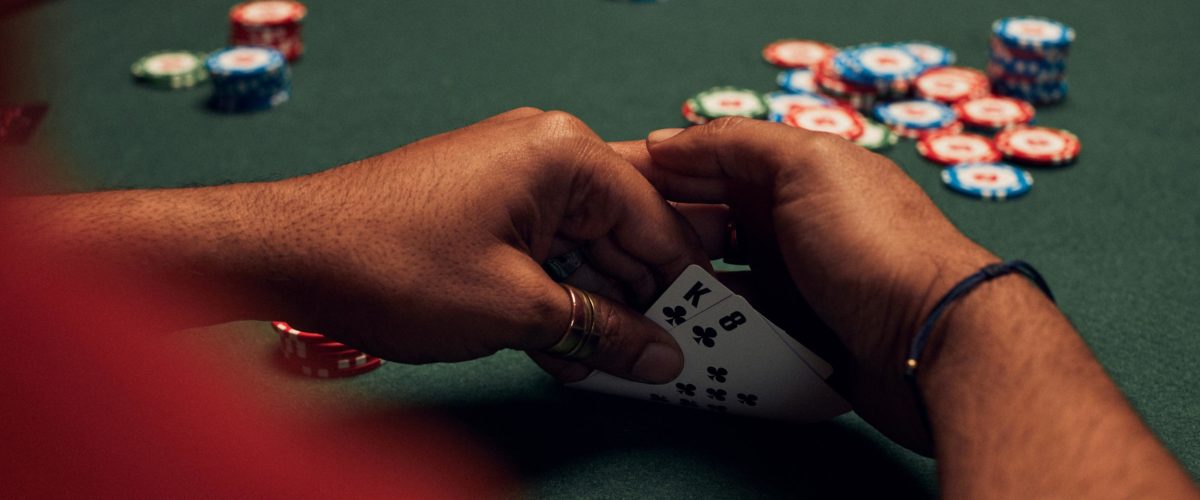Starting Hands
You can see seven cards in a complete hand of Texas Hold’em but you will only see two at the very beginning: your concealed “hole cards”. The strength of your starting hand determines whether you should enter the pot at all.
Strong starting hands win against weaker hands in at least three times out of four. The next five cards can be used by all the players, so if you start with A♣ K♣ and your opponent has A♠ 8♣ , the latter probably has to hit an eight to win. (They can also make a straight or a spade flush, but the chances are relatively slim.)
In the above example, if the flop comes A♥ 9♣ 3♦ , both players would have a pair of aces, making the hands seem equally strong. But A♣ K♣ is actually significantly stronger and will win this hand 90% of the time.
In order to have the better showdown hand as often as possible, you should have the better starting hand as often as possible too. An accurate idea of the value of your starting hand is vital when deciding whether to enter the pot. You will combine its value with various other factors to determine how to progress.
Let’s cover the difference between good and bad starting hands.


Paired Hole Cards
If your hole cards form a pair, known as a “pocket pair”, then you already have a hand one step up the hand rankings ladder.
Pocket pairs can often win a hand of Texas Hold’em without improvement, however this largely depends on the size of your pocket pair. If you are holding aces, your opponent has to make at least two pair in order to beat you. Furthermore, if the board brings a third card of the same rank, you have made three of a kind, or a “set”.
Small pocket pairs can be dangerous if they do not improve. Another player would only need to match one hole card with a bigger community card to make a higher pair.
Plainly, the biggest pocket pairs often qualify as monster hands, but smaller pairs can be considered speculative at best.
Evaluating Unpaired Cards
On average, you will be dealt a pocket pair just once every 16 hands, so you will need to figure out another method to assess hand strength.
Ask yourself these questions:
What rank are my cards?
The most important advantage is having higher unpaired cards than your opponent, as you have a higher chance of winning if you hit a pair (or if nobody hits a pair). For example, A♥ K♣ holds a very strong lead over Q♠ J♣ before the flop, and the worse hole cards have to improve from the start.
It is also definitely better to have two high cards than only one because you will also have a good “kicker” to your hand.
Are my cards the same suit?
Having “suited” cards is the next most important consideration. Starting with two cards of the same suit gives you a significantly higher chance of making a flush, as you’ll only need three cards of the same suit as your hole cards to make a flush.
Additionally, you can be more comfortable when you’ve made a flush with only three consistuent cards on the board. With four of the same suit on the flop, you have to consider the strength of your card in that suit, as a better card of the same suit in your opponent’s hand will win against yours.
Are my cards of a similar rank?
This is less valuable than a flush but can be a decisive factor nonetheless, as you’ll have a better chance of completing a straight with closer-ranked cards. The closer they are, the more opportunities you have to make a straight. If they are not close at all, you’ll need four cards to complete. Similar to suited cards, needing just three cards to make a hand is preferable to four and less likely to be beaten at showdown.
Two high cards of the same suit which connect, or “suited connectors” combine to give many chances to win. Ace-king suited, for example, is the strongest holding outside of a pocket pair. On the opposite end of the spectrum, the lowest cards you can have without improved chance of a straight or flush is seven-two offsuit – the weakest hand in poker.
Test your knowledge with our short quiz below


